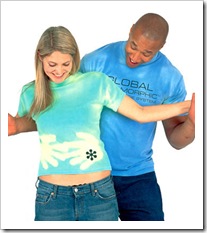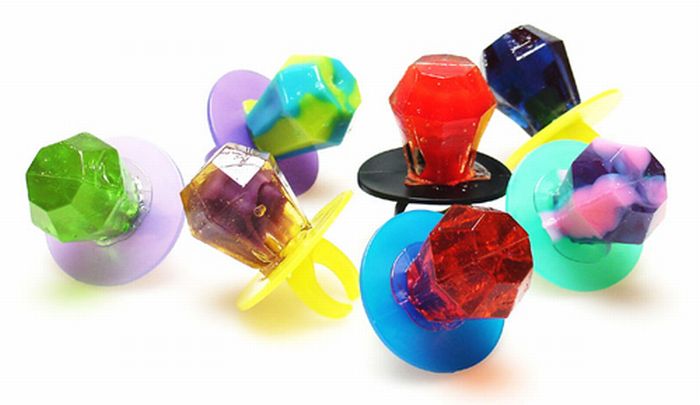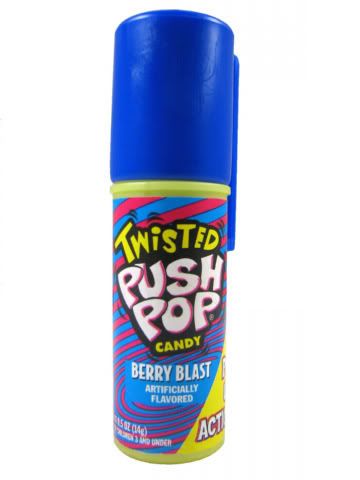Were you aware that reading allows you fly approximately two times as high as a butterfly in the sky? And that reading enables you to simultaneously be both anywhere and anything? Powerful stuff. Thankfully, as an avid watcher of Reading Rainbow, I was keyed in on this kind of insider literate knowledge. That mesmerizingly soothing theme song drew me in time after time:
Butterfly in the sky, I can go twice as high
Take a look, it's in a book - Reading Rainbow.
I can go anywhere!
Friends to know and ways to grow - Reading Rainbow.
I can be anything!
Take a look, it's in a book - Reading Rainbow.
Reading Rainbow, Reading Rainbow, Reading Rainbow, Reading Rainbow!
Hosted by LeVar Burton, Reading Rainbow was an educational children's television series created in the 80s to encourage elementary-age children to read. While initially a summer exploit, its popularity soon propelled it into a year-round venture. Reading Rainbow was a touchy-feely approach to children's book-learning, combating the evils of distracting adversarial forces of literature.
Like TV.
What's that you ask? Wasn't Reading Rainbow on TV? So what you're telling me is that kids were encouraged to watch TV as a measure to get them away from mindless television entertainment and into a cozy literate environment?
Yep. That's exactly what I'm telling you. Glad to see we're on the same page. Or in this case, channel.
Sure, it seems vaguely counter-intuitive, but Reading Rainbow was probably a welcome shift from the mind-numbing children's television entertainment that predominated the airwaves in the 80s and 90s. I suppose if parents were forced to choose a TV program to babysit their children, they may as well go with the lesser of two evils. At least the kid might get to see Billy Cosby reading an Arthur book in one of his trademark sweaters.
 Everyone knows the best way to prove your love of reading children's books is to submerge yourself in them completely
Everyone knows the best way to prove your love of reading children's books is to submerge yourself in them completelyYes, Reading Rainbow featured a vast spectrum (insert groan here) of celebrity guest readers. Not just public television celebrities like Snuffleupagus or Lambchop, but real living, breathing celebrities that parents had actually heard of. People like Julia Child, James Earl Jones, Maya Angelou, Gilda Radner, and Richard Gere showed up to narrate a children's book, all in the name of child literacy. Admirable, no?
The show was more than just on-screen reading, though. Each episode generally reflected a single theme, featuring multiple books, children's reviews, and segments on issues like diversity, new experiences, self esteem, and most importantly, The Library. Reading Rainbow loved The Library. Like got-down-on-one-knee-and-proposed-to-pledge-eternal-love love. Every two minutes, we'd get another cheery plug for visiting our local library. God forbid any of us readers support the featured authors themselves by heading out to purchase the books.
Okay, okay, I admit I'm being a bit facetious. I love the library. It was one of my most favorite hangouts at a child. Actually, as a kid there's no way I would have noticed any TV show plugging anything. My favorite Saturday morning cartoons could have been surreptitiously selling me crack cocaine and I wouldn't have even an inkling that the show had been sponsored by the crack industry. I suppose there are worse things than a couple of relatively subtle nudges to go visit my local library. I retract my previous barb.

Reading Rainbow was more than adept at achieving its ultimate goal of encouraging children to read. It's format was simple, but it got results. Parents were pleased to see their kids getting excited about reading. Kids were pleased to see their parents excited about letting them watch TV. Everyone was a winner.
If your parents were either nerds or suckers for historical miniseries, they no doubt trusted deeply in the educational guidance of LeVar Burton. Known for his roles in both Star Trek: The Next Generation and Roots, Burton was a pretty credible source. That's not even counting his contributions to the planet as Kwame on Captain Planet. Oh, LeVar. Is there anything you can't teach?
If your parents did happen to be Trekkies, they were able to geek out with LeVar every now and then. In the segment below, he gives a behind the scenes look at the making of Star Trek: The Next Generation. Prepare to be beamed out of your minds:
Personally though, my favorite segment was usually the kids' very own book reviews, I am proud to present a short segment of a review, posted on YouTube by the star herself who no doubt now deeply regrets her choice in lenswear. But you don't have to take my word for it*:
Well, that's all we have for you today, kids. In the ever-wise words of Mr. Burton himself, I'll see you next time.**
*In the case that you were unaware, this was Mr. Burton's opening catchphrase prior to the children's reviews
**This was the closing catchphrase. I know, I know. My use of it in my own closing was pretty deep and symbolic. You don't have to tell me. Now it's off to enjoy my weekend after all of that deep-thinking about metaphorical reinterpretations. Oh yeah, and see you next time.












